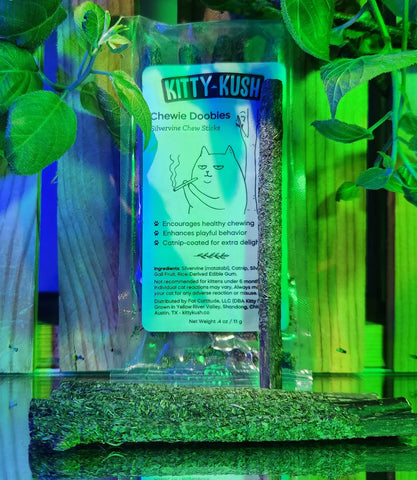Introduction to Cat ASMR
If you've ever stumbled into the tranquil world of ASMR (Autonomous Sensory Meridian Response) videos, you know the oddly satisfying power of gentle tapping, whispered words, or the rhythmic crinkle of paper. For humans, ASMR can bring a sense of calm, tingling relaxation, and even help with sleep. It turns out that the right sounds can also create a calming effect for cats.
Cats are highly sensitive to sound. With a hearing range far beyond that of humans, they're able to pick up on the tiniest noises, from a mouse scurrying in the walls to the subtle hum of a distant fan. Because of this sensitivity, the right kind of calming sounds can work wonders in soothing an anxious or overstimulated cat. Let's explore how calming sounds can help our feline friends find their zen.
Why Sound Matters for Cats
Cats communicate and experience the world through sound. It's why your cat can't resist investigating the jingle of keys or why they might sprint under the couch when a loud vacuum cleaner fires up. Certain sounds, however, are inherently calming to cats, mimicking the natural environments they find peaceful. Think soft rain, bird chirps, or low-frequency purring.
In stressful situations—like trips to the vet, moving to a new home, or being left alone for extended periods—the right auditory environment can make all the difference. Just like how ASMR works for humans, soothing sounds can reduce anxiety in cats, promoting relaxation and a sense of security.
Creating an ASMR Experience for Your Cat
You don't need fancy equipment to introduce your cat to the world of calming sounds. Here are some easy ways to create your own version of feline ASMR:
Types of Calming Sounds
- Purring Playlists: Recordings of cats purring can create a sense of companionship and comfort. You can find these playlists online or even create one from your own cat's purrs if they're feeling generous with their motor.
- Nature Sounds: Gentle rainfall, rustling leaves, or soft ocean waves can replicate the calming background noise of the great outdoors. Many streaming platforms offer free playlists or apps specifically designed for pets.
- Low-Frequency Hums: Sounds that mimic the gentle hum of a washing machine or a low fan can provide a steady, non-threatening backdrop for relaxation.
- Interactive Sounds: If your cat prefers to engage with noises, crinkle toys or soft tapping sounds (like the gentle clicking of a keyboard) can grab their attention in a non-overstimulating way.
Tips for Introducing Calming Sounds
- Start Slow: Cats are creatures of habit, so introduce new sounds gradually. Play them at a low volume and observe how your cat reacts.
- Choose the Right Environment: Ensure the space is cozy and free from other loud, startling noises. Your cat is more likely to relax if they feel safe.
- Pair with Positive Reinforcement: Use treats, gentle petting, or playtime to create positive associations with the sounds.
- Observe and Adapt: Every cat is unique. While some may love the sound of raindrops, others might prefer bird chirping or even silence. Watch your cat's body language to understand their preferences.
The Role of Kitty Kush in Calming Your Cat
Of course, what's a relaxation session without a little herbal assistance? Sprinkle a pinch of Kitty Kush catnip—the weed for cats—near your feline's favorite relaxation spot, and let them unwind as the calming sounds work their magic. With Kitty Kush, your cat can reach the ultimate chill state, purring contentedly to their new ASMR soundtrack.
Final Thoughts
ASMR for cats might sound like a quirky idea, but it taps into the fundamental ways sound affects feline well-being. By experimenting with calming noises and observing your cat's reactions, you can create a serene auditory environment that keeps them happy and stress-free. You and your cat might even find relaxation together while enjoying calming sounds.






